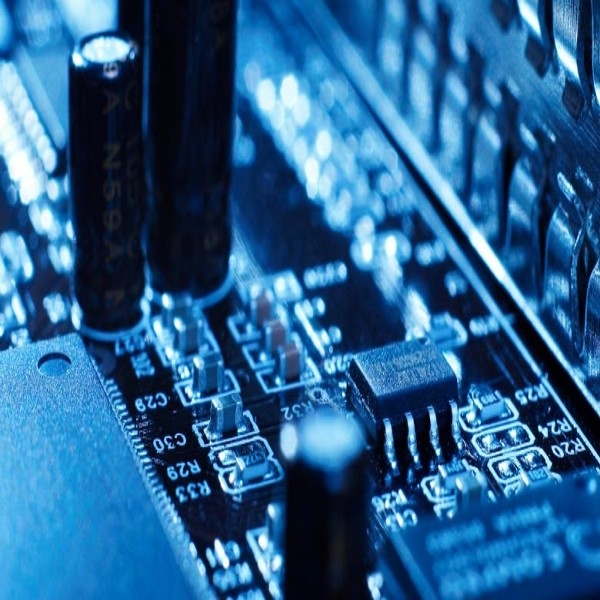Power Management Integrated Circuits (PMICs) play a vital role in optimizing power usage and distribution in portable electronic devices. With technology continually advancing to minimize device sizes while adding more functionality, efficient power management has become a necessity. PMICs address this need by integrating multiple power components and regulation capabilities onto a single silicon chip.
What functions do PMICs perform?
At their core, PMICs efficiently regulate and distribute the various voltages required by different components and peripherals within a device. Common voltage rails integrated by PMICs include those for the main processor, memory, display, connectivity modules, and more. In addition to voltage regulation, PMICs also incorporate other power management duties.
Voltage Regulation
Precise voltage regulation is key to ensuring components function reliably while conserving power. PMICs utilize various regulation techniques like linear regulation, switching regulation, Low Drop Out (LDO) regulation and PowerPath control to modulate voltages efficiently. They can adjust supplied voltages on the fly in response to load and functionality changes. This adaptive voltage scaling helps maximize both performance and battery life.
Battery Management
Optimizing battery usage is another important Power Management ICs function. On-chip battery management monitors battery voltage, current, and temperature. It controls charging/discharging duties and implements safeguards to prevent overcharging, over-discharging, and overheating. Fuel gauging accurately indicates remaining battery capacity for users. During charging, PMICs control power factors for optimized, fast charging.
System Power Controls
PMICs implement power controls that integrate the device as a whole system. This includes sequencing power to different rails in the proper order during startup/shutdown. On-chip resets and power-on-reset circuits ensure stable, reliable operation. PMICs also incorporate pulsing/clocking controls and general purpose I/O for interfacing peripherals. Sleep/wake controls further improve low power usage.
PMIC Applications
Given their extensive power management integration, PMICs are essential for a vast array of portable electronics. Some key applications include:
Smartphones
As themost ubiquitous mobile devices, smartphones demand ultra-compact, high-efficiency power solutionsto support powerful SoCs, vibrant displays,fast charging andall-day battery life. Leading PMIC vendors continuouslyupdate their offerings to meet the evolving needs of cutting-edge smartphones.
Laptops and Tablets
Similar to smartphones, notebooks and tablets rely on PMICs to deliver long run-times from their limited battery capacities. Advanced switching regulators and voltage scaling help extend usable time between charges for productivity and entertainment on the go.
Get more insights on Power Management Ics
Power Management ICs Essential for Efficient Electronics Design



